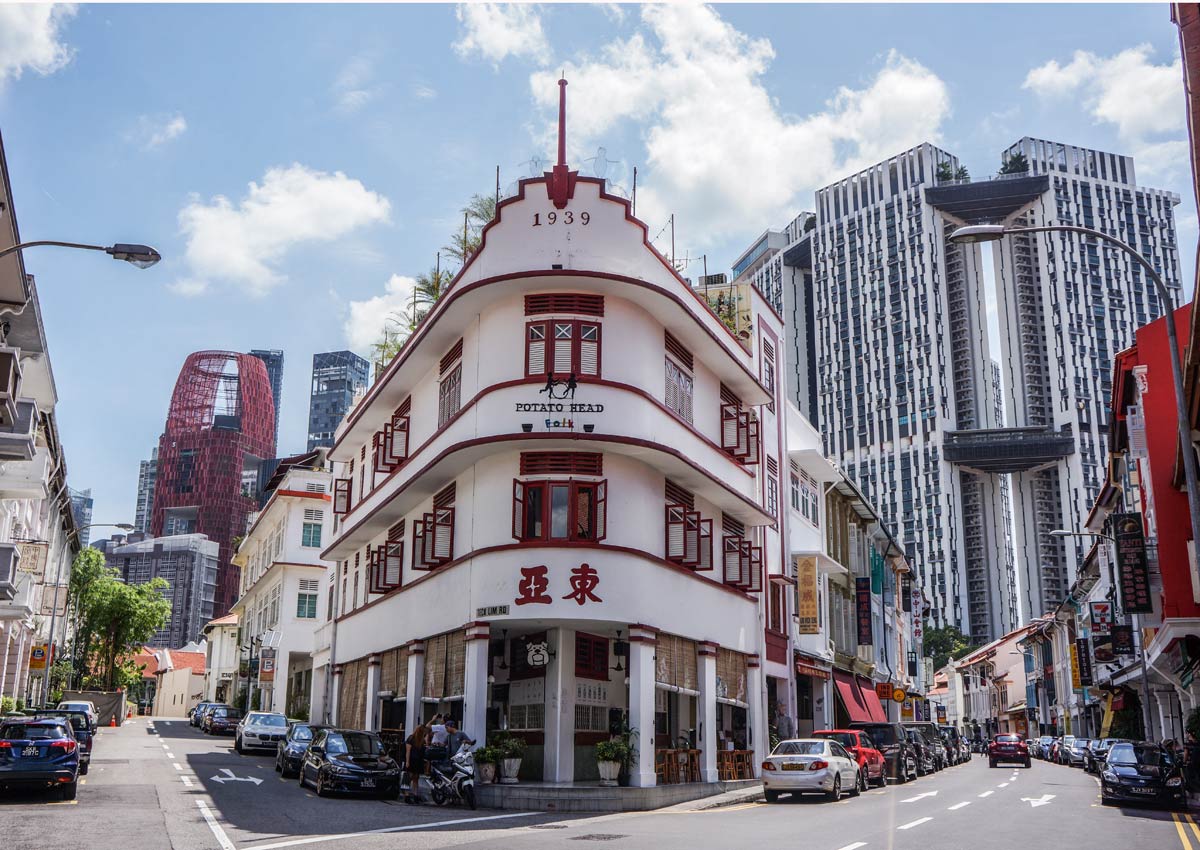6 must-know facts about once-sordid Keong Saik Road before you head there for a night out

To the surprise of many people, Keong Saik Road in Singapore's Chinatown was named by the Lonely Planet guide as the 4th must-visit destination in Asia recently.
The guide was not exactly wrong to place the inconspicuous segment of buzzy Chinatown in its top 10 list, judging by how the naughtiness of the former red-light haunt had made way for hipster fun and gentrified entertainment at trendy and award-winning restaurants and bars operating from heritage shophouses that have been prettified.
Perhaps, it is its unique mystique and character shaped by a colourful history that have made it even more appealing to discerning travellers and enterprising business people.
Here, we highlight six interesting facts on the neighbourhood that most visitors are probably not aware of. The information is culled from records and reports from the National Libary Board and SPH newspapers.
1. The road was named after a successful businessman

Keong Saik Road was officially named in 1926 after Tan Keong Saik, a Malacca-born businessman who contributed much to the social and intellectual life of the Chinese community.
A co-founder of the Straits Steamship Company, he was elected to the municipal commission in 1886. Tan, who later became a justice of the peace, owned a number of houses in the vicinity of Keong Saik Road.
2. The rich kept mistresses here

Rich merchants were said to have kept mistresses in residences alongside charcoal, incense and grocery shops, coffee shops and clan associations. It's a one-stop convenience for them - female companions, food and clan buddies.
3. Sleazy past

Due to the spillover effect of nearby Smith Street, which was an infamous red-light district in the early 20th century before it became a popular food street of Chinatown, Keong Saik Road was also the to-go place for pleasures of the flesh.
Many brothels were operating from three-storey shophouses that lined both sides of the street. Most of the brothels had moved out of the area by 2000 with some still believed to be in operation for a while after that.
4. The clean-up

The reputation of Keong Saik Road improved gradually after the Urban Redevelopment Authority started putting up several rows of old shophouses for sale in the early 1990s, so that they could be conserved and modified for commercial use. Keong Saik Road was part of the gazetted Chinatown-Bukit Pasoh Conservation Area.
Since then, high-end tenants such as boutique hotels, co-working offices, swanky eateries and bars offering inventive temptations have sprung up, rejuvenating the area with a fresh appeal.
5. Where celibate women and others go for worship

Built in 1928, the two-storey Cundhi Gong Temple was where domestic helpers, who were sworn to celibacy (called Ma Jie in Chinese) used to worship, especially from the 1930s to 1970s. Designed with a blend of Eastern and Western styles, the temple boasts a facade with original floral tiles produced by Belgian Gilliot & Cie, a now defunct tile firm.
At the junction of Keong Saik and Kreta Ayer roads stands another small but historic temple - the Layan Sithi Vinayagar temple which pays homage to Lord Vinayagar, Nearly a century old, it attracts devotees from various races, including Chinese, and not just Indian Hindus.
6. Tell-all book by a former resident

One former resident, Charmaine Leung (above), braved it all to pen a memoir on what it was like growing up in a 'chicken stable' where perfumed ladies of the night touted their trade.
Titled '17A Keong Saik Road', which was the address of the brothel that her mother used to run, the book is filled with engrossing nuggets from the past that were both amusing and sad. Launched a few months ago, it's available at major bookstores.
chenj@sph.com.sg